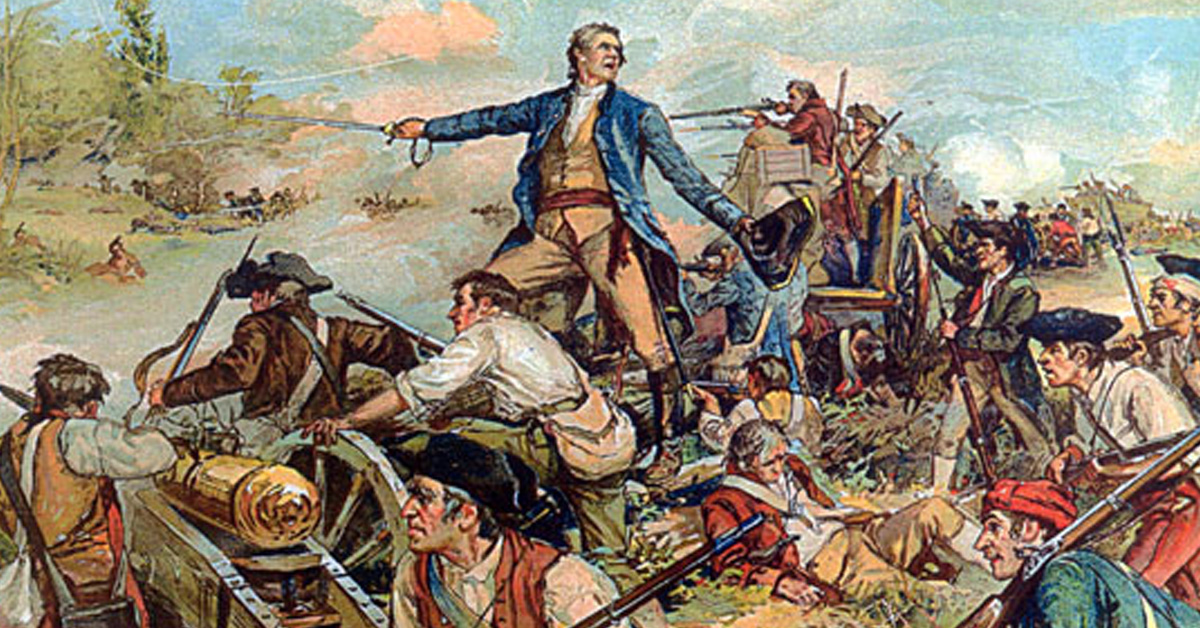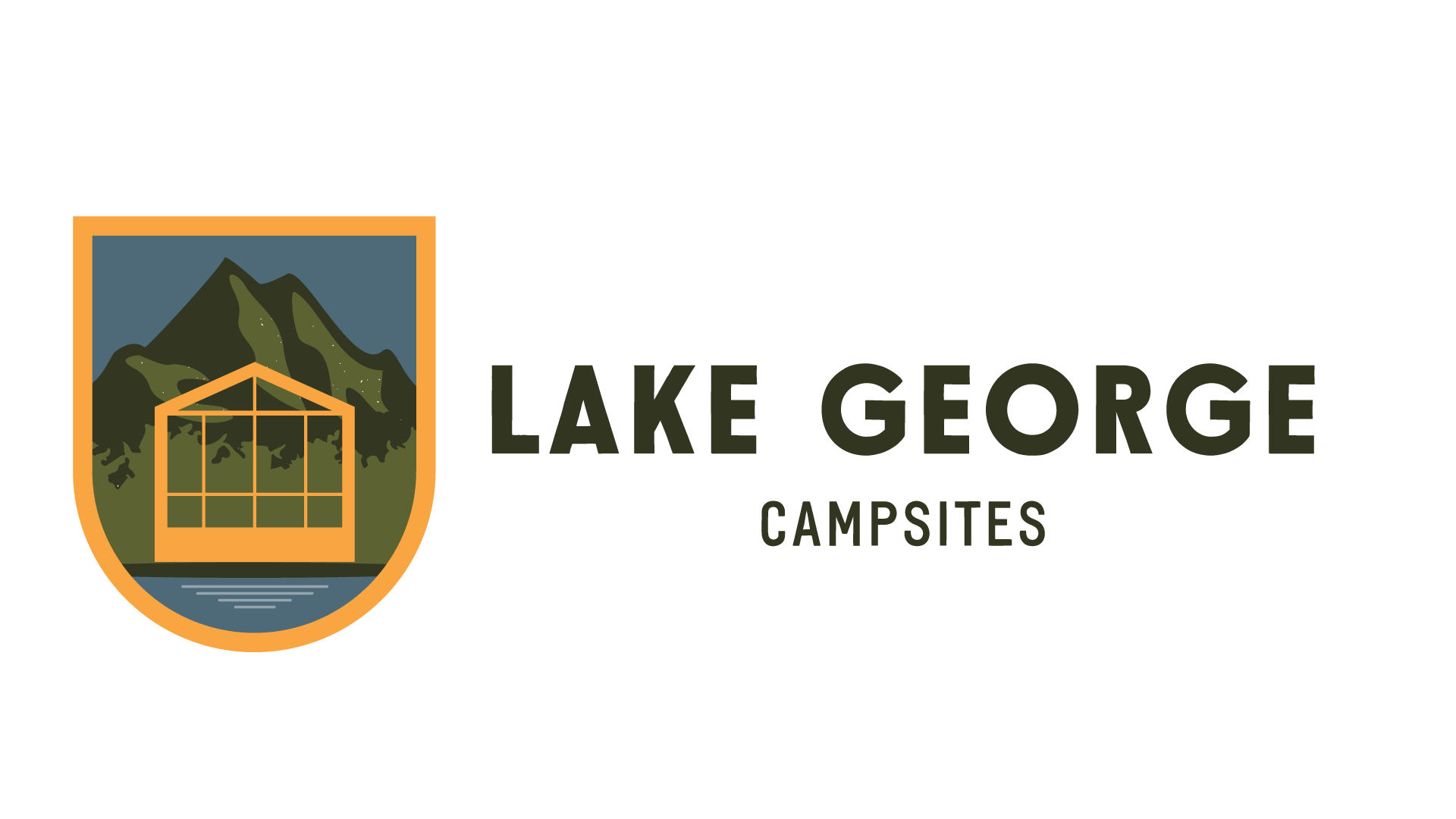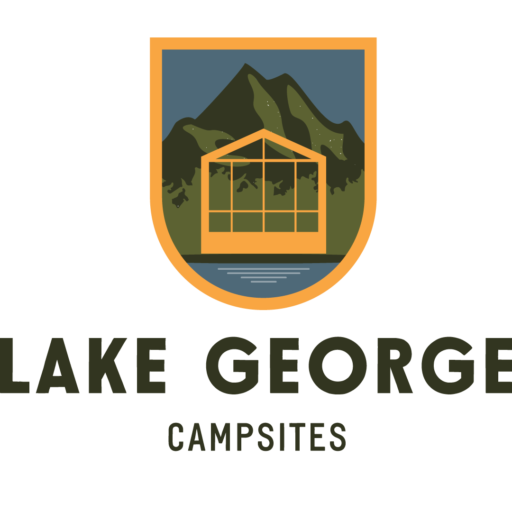
03 Jan History buff? Check out these Lake George attractions.
In the mid-1700s, the Lake George region was a critical territory during the French and Indian War. Because of that, the area is home to many historical landmarks that history buffs will want to visit. From replicas of actual military forts to history museums, walking trails, and more, there is so much to experience and explore! Plan your visit to Lake George today (and start by booking your lodging with us at Lake George Campsites).
Make a stop at the Fort William Henry Museum.
History is alive at Fort William Historical Fortress and Museum! You can tour and explore the sights, sounds, and stories at Fort William Henry in Lake George. They offer guided military demonstrations where you are taken back to the year 1757 to witness a musket and cannon firing.
If you are interested in exploring the paranormal, take a haunted history tour where you will hear ghost stories that have been passed down over the years.
Fort William Henry was a British fort constructed in 1755 during the French and Indian War as a staging ground for attacks against the French position at Fort St. Frederic. The fort was part of a chain of British and French forts along the waterway between New York and Montreal.
In 1957, the French conducted a successful siege that forced the British at Fort William Henry to surrender. After the siege, the French destroyed the fort and withdrew, and the site was abandoned for two hundred years. The replica of the fort was constructed in the 1950s and has since become a popular tourist destination.
Spend some time exploring Fort Ticonderoga.
Fort Ticonderoga has welcomed visitors since 1909 as a significant cultural destination, historic site, and educational institution. The fort is the “premier place to learn more about North America’s military heritage,” with informative programs, boat cruises, tours, demos, exhibits, and more.
Museum exhibitions feature art, weapons, and equipment from North America to Europe. Visitors can explore the diet and customs of soldiers in the 18th century by viewing ceramics, glass, and metal artifacts. Experience the spectacular beauty of the acres of historic gardens on the property, or walk the battlefield hiking trail to better understand the area’s history.
Attend a daily weapons demonstration, examine the construction of British soldiers’ shoes in 1760, discover the practices of clothing repair, explore the songs of 18th-century military music, and more as part of the fort’s living history programs. You may need more than one day to explore everything that Fort Ticonderoga offers!
Fort Ticonderoga was constructed between 1755 and 1757 by a French military engineer during the French and Indian War. The fort controlled a river portage along the La Chute River between Lake Champlain and Lake George. The Battle of Carillon, one of the bloodiest days in North American history, took place in Ticonderoga on July 8, 1758.
Wander the Bolton Historical Museum for an hour or two.
The mission of the Bolton Historical Museum is to “educate townspeople and visitors about the history of Bolton, Lake George, and the surrounding region.” The museum has extensive collections of regional artifacts and memorabilia, including books, photographs, records, and more.
The museum also sponsors a summer lecture series in partnership with the Darren Fresh Water Institute. 2023 lecture topics included “Stewards of the Water: 150 Years of environmental activism on Lake George” and “The Bird That Owned the Sky: The Incredible Race to Save the Peregrine Falcon.” Plus, admission is free!
Make the trip to the Chapman Museum.
The Chapman Museum presents the history of the Glens Falls/Queensbury community and its connection to the Adirondack region to its visitors. Current exhibits include a collection of Adirondack landscapes by two renowned local photographers, a hands-on exhibition about everyday life in Glens Falls over time where you can experience what school days were like, how families spent time together, and how people experienced music, and a collection of photographs of water’s edge by Seneca Ray Stoddard including scenes of families frolicking on the beaches of Coney Island, slow rolling off the shores of northern Adirondack lakes, and other leisurely activity in the sand.

Step into the past at the North Creek Depot Museum.
You can visit the historic train station where Roosevelt departed from the Adirondacks on September 14, 1901, to Buffalo, NY, where he was sworn in as the 26th President of the United States. The North Creek station has remained almost completely unchanged since it was built in 1872. The whole complex, consisting of the depot, the freight house, the tool house, the turntable, and the horse barn, is remarkably intact and provides a fascinating record of railroad history.
The museum itself is home to exhibits like “North Creek and the Adirondack Railroad” – a scale model by Dunham Studios and “History of the Snow Trains and the Development of Skiing at Gore Mountain.” Admission to this museum is also free!
Visit the Rogers Island Visitor Center and Museum.
The Rogers Island Visitor Center (RIVC) is located on historic Rogers Island in the Hudson River near the village of Fort Edward. The RIVC is full of interactive exhibits that tell stories of the region’s history. Immerse yourself and learn what life was like for soldiers and settlers during the French and Indian War.
Walk the grounds and view the beautiful historic landscape along the Hudson River. Visit the monument to Robert Rogers and learn about how he forever changed military tactics. Enjoy lunch on one of the many picnic tables and then view the beautiful memorial, Patriot Garden, and Veterans Monument.
During the French and Indian War, Rogers Island was the site of one of the largest British military complexes in North America due to its strategic location. Thousands of troops encamped in and around the fort, eventually becoming the staging ground for the British’s invasions northward into French Canada.

Learn on your own with a self-guided walking tour.
Take a leisurely walk through Battlefield Park, the site of an important battle during the French and Indian War, and now home to four Lake George monuments and a memorial, including statues commemorating a Mohawk warrior, Saint Isaac Jogues, William Johnson, King Hendrick and a memorial for four “unknown soldiers.”
Check out the Colonial Wars Walking Tour, a 3.3-mile-long self-guided tour featuring historical and natural sites in the area. Stops on the tour include Fort William Henry, Fort George Ruins, The Smallpox Hospital of 1776, and Steel Pier, where Lake George Steamboat Company keeps its boats.
Look ahead to spring and book your campsite in the Adirondacks.
Lake George is a wonderful place to learn about American history, and Lake George Campsites offers classic camping with our tent and full hookup RV sites. If you’re looking for a more amenity-filled camping experience, our fully equipped cozy cottages have everything from kitchen appliances to full bathrooms, air conditioning, and dining areas.
After a day learning all about the role that Lake George played in the French and Indian War, retreat back to our peaceful campground and enjoy some of our amenities like our swimming pool, playground, and recreation room. When you’re ready to grab a bite to eat, we are just minutes from fantastic local eateries.

